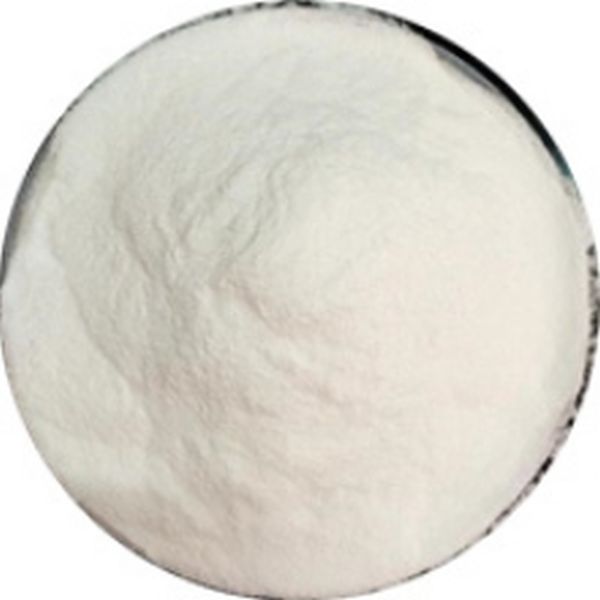Roxithromycin is a semi-synthetic 14-membered macrolide antibiotic. Its mechanism of action is similar to that of erythromycin. Its antibacterial effect is 1-4 times stronger than that of erythromycin. Its effect on Gram-positive bacteria is slightly worse than that of erythromycin, and its effect on Legionella pneumophila is stronger than that of erythromycin. The antimicrobial effects of Chlamydia pneumoniae, Mycoplasma pneumoniae, and Ureaplasma urealyticum are similar or slightly stronger than those of erythromycin. This product can penetrate the bacterial cell membrane and reversibly bind to the 50S subunit of the bacterial ribosome near the donor (“P” position), blocking the transfer of ribonucleic acid binding to the “P” position, and also blocking the polypeptide The transfer of the chain from the receiving position (“A” position) to the “P” position, thus inhibiting bacterial protein synthesis, thus playing an antibacterial role. Its characteristic is that it can enter macrophages, alveolar cells and neutrophils quickly. In vitro studies have confirmed that roxithromycin has a broad antibacterial spectrum and is effective against various streptococci (including types A, B, and C streptococci and pneumococci, except for type G and enterococci), streptococcus pneumoniae, and staphylococcus aureus. Staphylococcus aureus (except MRSA), Staphylococcus epidermidis, Legionella pneumophila, Haemophilus ducreyi, Chlamydia trachomatis, Mycoplasma pneumoniae, oral or vaginal anaerobes have almost the same antibacterial activity as erythromycin, Catalan Branham Cocci are highly sensitive to roxithromycin, and also have inhibitory effects on Campylobacter, Pertussis, Haemophilus influenzae, Mycobacterium tuberculosis, and Diphtheria, and have no antibacterial activity against other Gram-negative bacteria. The antibacterial activity of this product is significantly stronger than that of erythromycin, and it has a significant effect on the infection of Chlamydia, Mycoplasma, Ureaplasma urealyticum, Treponema pallidum and Legionella. It has a weak effect on Helicobacter, Neisseria gonorrhoeae, Meningococcus and Pertussis. Some bacteria are cross-resistant to erythromycin and this product.
This product is a new generation of macrolide antibiotics, mainly used for Gram-positive bacteria, anaerobic bacteria, chlamydia and mycoplasma. Its antibacterial effect in vitro is similar to that of erythromycin, and its effect in vivo is 1-4 times stronger than that of erythromycin. Pharmacological effects and indications 1. It has a strong killing effect on Gram-negative bacteria, some Gram-negative bacteria (meningococcus, gonococcus, influenza bacillus, pertussis, brucella) and spirochetes, Mycoplasma pneumoniae Rickettsia and Legionella are sensitive and have an enhanced effect on Mycoplasma and Chlamydia. 2. Antibacterial mechanism: combined with the bacterial control protein body 50S subunit, and inhibits protein synthesis by blocking transpeptide action and MRNA displacement. 3. The product has good oral absorption, quick effect, bioavailability and blood drug concentration are stronger than erythromycin. According to reports, the peak concentration of 150mg oral blood drugs is as high as 6.6 ~ 7.9ug/ml, while under the same conditions, erythromycin is only 0.2 ~ 0.4ug/ml; roxithromycin is mainly distributed in body fluids and tissues, with high and durable tissue Concentration and cell concentration, while the half-life is up to 12h, while erythromycin is only 1.5 ~ 2.0h. 4. It is the first choice drug caused by drug-resistant Staphylococcus aureus and hemolytic streptococcus in the medical clinic. It is used for the treatment of severe infections caused by penicillin and Staphylococcus aureus, pneumonia, hysteritis, and chronic respiratory disease Wait. 5. This product is mainly used for the treatment of chronic respiratory diseases of livestock and poultry, for livestock staphylococcus and streptococcus disease, chlamydia disease, spirochete disease (pig dysentery), infectious pleurisy, rhinitis, etc. 6. The indications are: swelling of the neck of the bird, local heat, pain, difficulty breathing, white foam in the mouth and nose, mucous membranes and cyanosis.
Post time: Jun-05-2020
